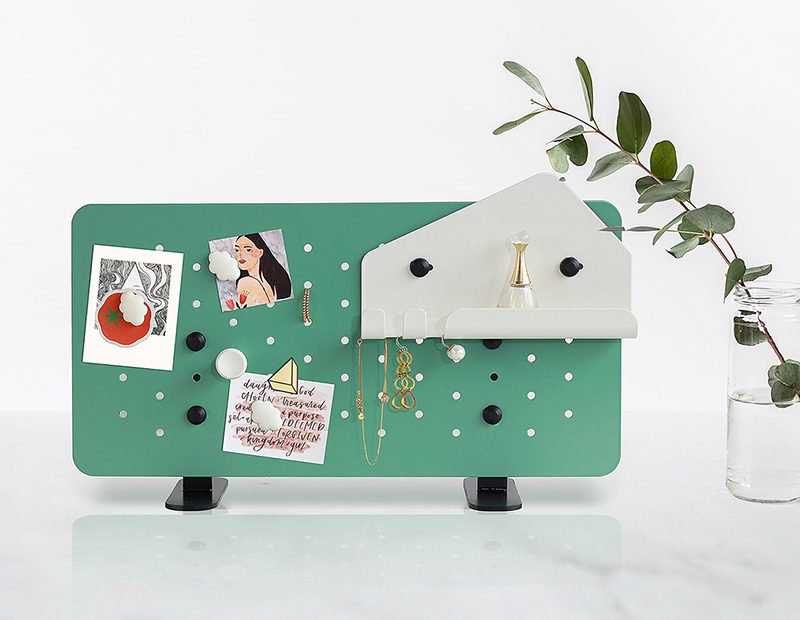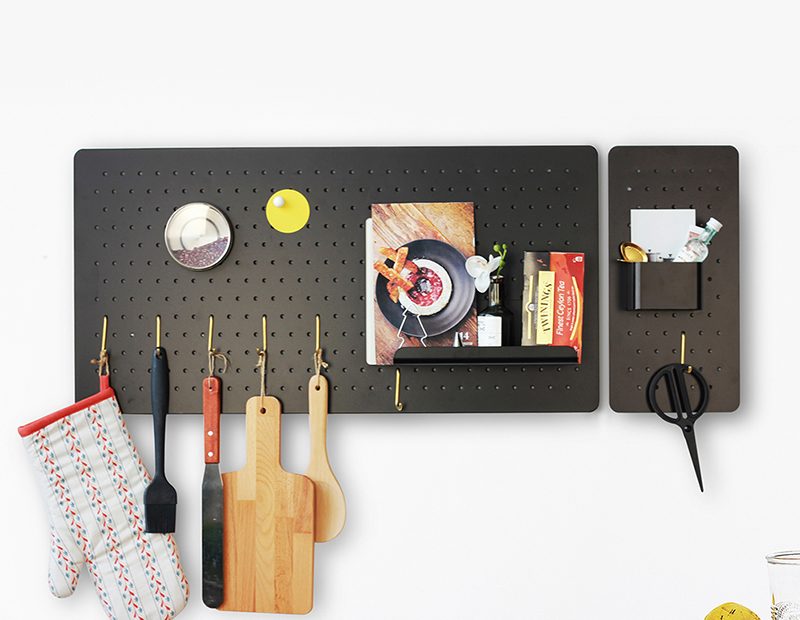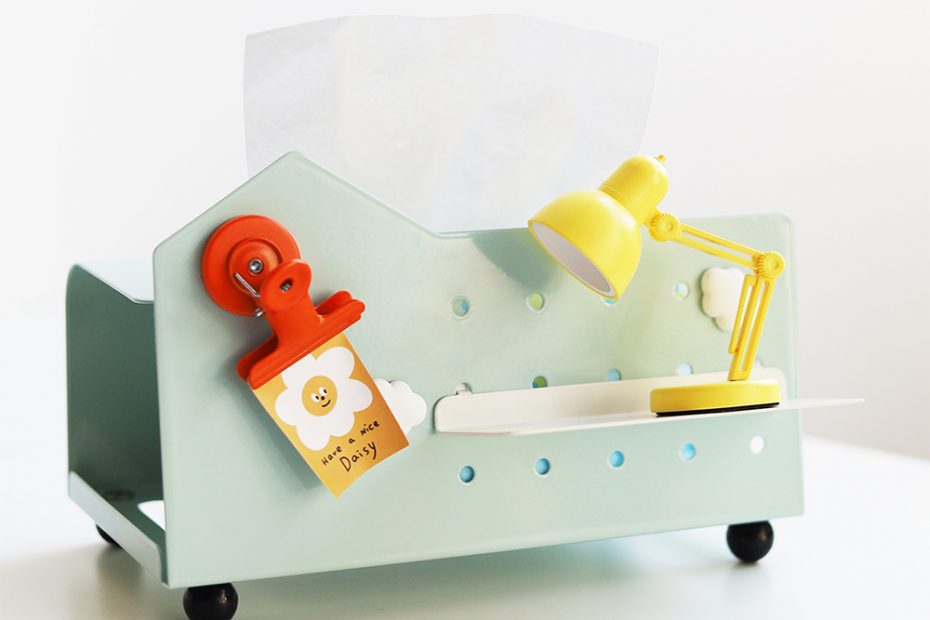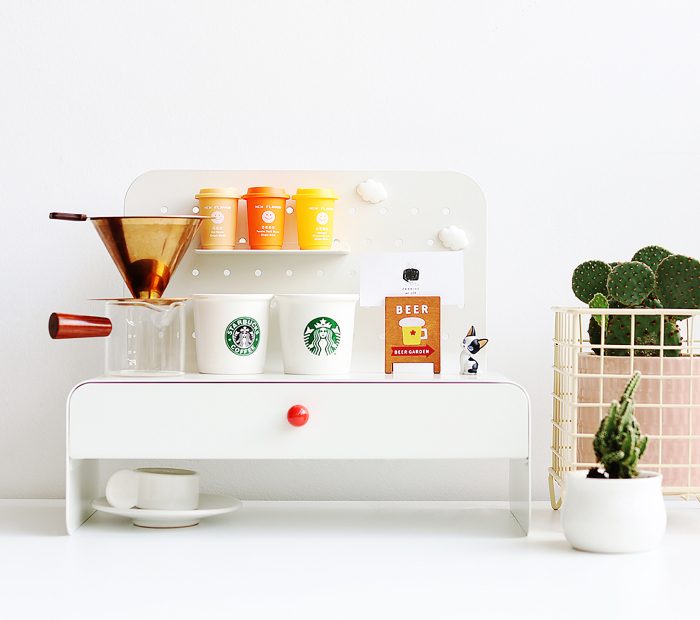Exploring the Mysteries of Metal Pegboards
The production of household metal pegboards involves several stages of processing and treatment. Before purchasing metal pegboards, learn about some craftsmanship of metal pegboard that can help you choose a more suitable one.
The Material Of Metal Pegboards
Common materials for metal pegboards in the market include aluminum alloy, stainless steel, and iron. Different material has its own characteristics and applications. Compared to other materials, aluminum alloy has a lighter weight and better plasticity, while stainless steel is more aesthetically pleasing and corrosion-resistant. Iron is somewhere in between.
Stainless steel
Stainless steel pegboards are mainly used in garages for organizing hardware components. Stainless steel is a type of steel that is characterized by its corrosion resistance and stainlessness, containing at least 10.5% chromium and a maximum of 1.2% carbon.

Stainless steel is often categorized by its microstructure, which includes austenitic, ferritic, martensitic, duplex (austenitic-ferritic), and precipitation-hardening stainless steels.
The stainless steel pegboards available in the market are generally made of either 304 or 316 stainless steel. Both of these types belong to the austenitic stainless steel family, characterized by a microstructure composed mainly of austenite with a small amount of ferrite.
304 stainless steel contains 18% chromium and 8% nickel, which provides good corrosion resistance and heat resistance, making it suitable for most applications.
On the other hand, 316 stainless steel contains more nickel and molybdenum, providing even better corrosion resistance and heat resistance than 304 stainless steel.
Is it true that all stainless steel will never rust or corrode?
‘Stainless steel’ does not refer to just one type of steel, but rather encompasses over 100 industrial stainless steels. The complete name of stainless steel is ‘stainless acid-resistant steel’, which is characterized by its resistance to weak corrosive media such as air, steam, and water.
Many people believe that all types of stainless steel are rust-resistant and corrosion-resistant. However, in reality, common stainless steel is generally not resistant to chemical media corrosion, and only acid-resistant steel is generally stainless.
The corrosion resistance of stainless steel decreases as the carbon content increases. Therefore, the carbon content of most stainless steels is low, with a maximum of 1.2%. Some steels even have a carbon content lower than 0.03% (such as 00Cr12).
The main alloying element in stainless steel is chromium, and only when the chromium content reaches a certain level does the steel have corrosion resistance.
The chromium content in stainless steel is generally at least 10.5%. In addition, stainless steel also contains elements such as Ni, Ti, Mn, N, Nb, Mo, Si, Cu, etc.
Cold-Rolled Iron sheet
Cold-rolled iron sheet is a type of metal sheet that has undergone cold rolling, with iron being its main component, typically accounting for over 98% of its composition. Cold-rolled iron sheets also can be made of various types of metal materials, such as ordinary carbon steel, alloy steel, and stainless steel.
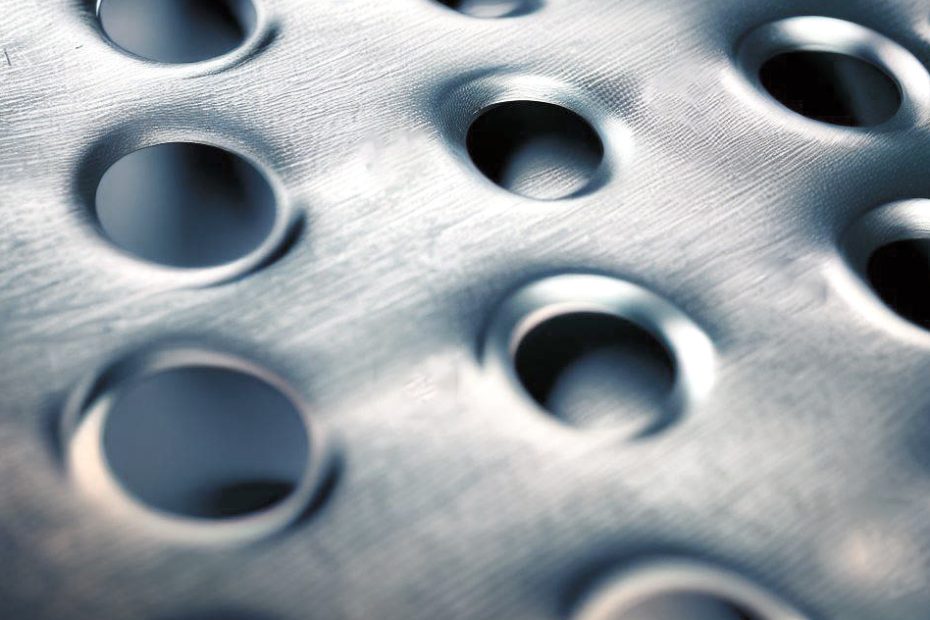
Iron primarily serves to increase the strength and hardness of the cold-rolled iron sheet, while also maintaining good plasticity and workability.
Carbon is another important element in cold-rolled iron sheets, with a content typically ranging from 0.05% to 0.25%, which helps to improve the hardness and strength of the sheet while also affecting its plasticity and workability.
In addition to iron, small amounts of other elements such as carbon, silicon, manganese, phosphorus, and sulfur may also be present in cold-rolled iron sheets. These elements play a role in regulating the sheet’s microstructure and mechanical properties.
For example, silicon can improve the strength and corrosion resistance of the sheet, while manganese can improve its hardness and wear resistance. However, excessive amounts of phosphorus and sulfur can reduce the sheet’s plasticity and weldability.
Do all home decor items made from cold-rolled iron sheets rust?
Not all home decor items made from cold-rolled iron sheets will rust. In fact, these items can be treated with anti-corrosion processes and surface coatings such as galvanizing and electroplating, which can provide rust-resistant properties.
By keeping the surface dry and clean during use, and performing necessary maintenance and upkeep regularly, the risk of rusting can also be reduced.
Aluminum plate
Aluminum plate refers to aluminum materials with a thickness between 0.2mm and 500mm, a width of over 200mm, and a length of up to 16m, which are commonly referred to as aluminum sheet or aluminum plate. It can be divided into pure aluminum plates, alloy aluminum plates, thin aluminum plates, medium-thick aluminum plates, and patterned aluminum plates.
Aluminum pegboards commonly used in the market are usually made of aluminum alloy, such as 6061 and 6063.
Aluminum alloy plates are mainly composed of alloying elements, with a lower aluminum content compared to pure aluminum plates. However, they possess special properties that make them suitable for use in specific environments.
Stainless steel Vs Cold-Rolled Iron sheet Vs Aluminum plate
The density of iron plate is 7.85, the density of stainless steel plate is 7.93, and the density of aluminum plate is 2.7. Due to their different densities, their weights differ with the same area. In terms of weight, they can be ranked as follows: stainless steel > iron > aluminum plate.
Stainless steel Vs cold-Rolled Iron sheet
Generally speaking, steel plates are stronger, more corrosion-resistant, and more heat-resistant than iron plates. Therefore, when there is a need to withstand higher pressure or for long-term use, choosing steel plates is more appropriate. On the other hand, iron plates are more suitable for making lightweight furniture or decorations.
Hardness
hardness refers to a material’s resistance to external force. Due to the increased chromium content and the addition of other alloying elements, stainless steel plates are harder than ordinary iron plates, especially after cold work hardening treatment. In comparison, iron plates have relatively lower hardness.
Density
Density refers to the mass of a substance contained in a unit volume of the material. The density of stainless steel plates and iron plates is similar, with the density of stainless steel plates being 7.93g/cm³ and the density of ordinary iron plates being 7.86g/cm³.
Corrosion Resistance
Due to the addition of some alloying elements in steel plates, they are more resistant to corrosion than iron plates. Of course, with the development of technology, the corrosion resistance of iron plates is also gradually increasing.
Strength
Strength refers to a material’s ability to resist external force. In comparison, stainless steel plates have higher strength than iron plates.
Processing Method
Due to its higher hardness and strength, stainless steel usually requires high-temperature processing methods such as forging and casting for shaping. Iron, on the other hand, is easier to process and shape, and can be shaped through cold processing methods such as cold rolling and cold drawing.
| Hardness | Weight | Corrosion Resistance | Processing Method | Suitable For | |
| Stainless steel | Excellent | Heavier | Excellent | Relatively complex | Industry and Architecture |
| Cold-Rolled Iron sheet | General | Lighter | General | Easier | Furniture decoration |
Cold-Rolled Iron sheet Vs Aluminum plate
The strength of iron plates is determined by the properties and structure of iron. Iron is an ordered crystalline structure with a tightly packed lattice arrangement that contains a large amount of non-metallic elements such as carbon, silicon, manganese, etc.
These non-metallic elements can enhance the strength and hardness of iron, so the strength of iron plates is usually high.
Aluminum plate is a lightweight material with advantages such as being lightweight, easy to process, and recyclable. However, its disadvantages are also obvious, such as low strength, which makes it susceptible to bending and deformation, as well as susceptibility to oxidation and scratches.
The hardness of iron plates and aluminum plates differs, with aluminum plates being softer, while galvanized plates are harder. Their weights is also differ. For two plates of the same size and thickness, galvanized plates are heavier than aluminum plates.
Aluminum plate Vs Stainless steel
Firstly, let’s consider the strength-to-weight ratio. Aluminum sheets are not as strong as stainless steel sheets, but they weigh approximately one-third as much under the same conditions.
Next, let’s talk about corrosion resistance. Stainless steel sheets are made up of elements such as iron, carbon, nickel, manganese, and copper, with the addition of chromium providing excellent corrosion resistance. Furthermore, the non-porous nature of stainless steel enhances its corrosion resistance even further.
Aluminum alloy is relatively vulnerable to corrosion, as it is prone to oxidation and the formation of an oxide layer, which can lead to corrosion. Although the corrosion resistance of aluminum alloy can be improved through surface treatment or coating methods
In terms of usability, aluminum sheets are quite malleable and easy to cut and shape. On the other hand, due to its high wear resistance, stainless steel sheets may be difficult to work with, as they are harder than aluminum and more difficult to shape.
| Hardness | Weight | Corrosion Resistance | Processing Method | Cost | |
| Stainless steel | Excellent | Heavier | Excellent | Relatively complex | Expensive |
| Aluminum plate | General | Lighter | Poor | Easier | Cheap |
Sheet Metal Fabrication Process of Metal Pegboards
The processing and manufacturing process of sheet metal is a precise and technically demanding job, involving multiple steps such as laser cutting and punching, surface treatment, color spraying, drying and curing.
Cutting And Punching
In terms of cutting technology, laser cutting is commonly used to process metal sheets by cutting, punching, bending, and other techniques.
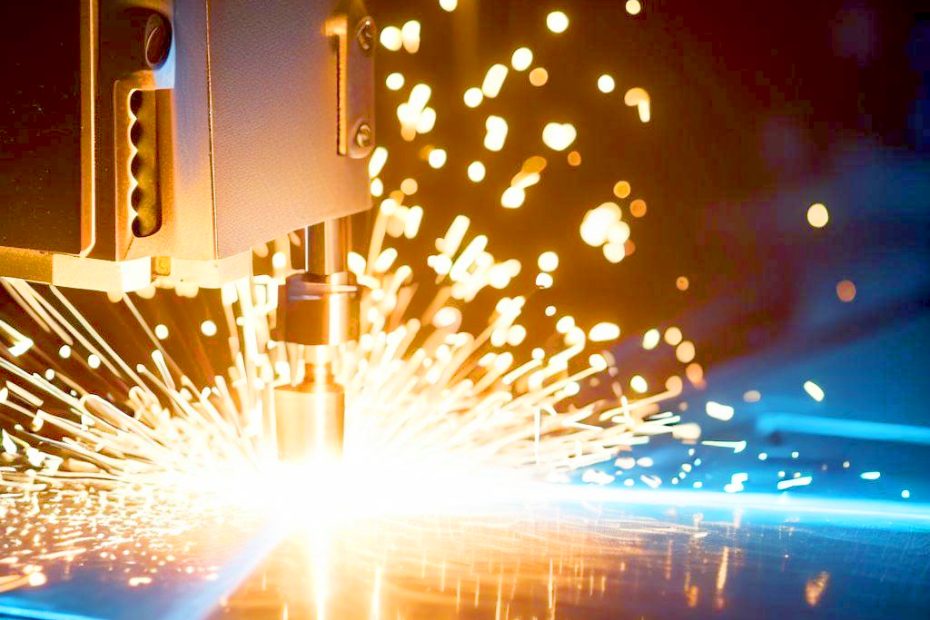
The principle of laser cutting of cold-rolled sheet is to use a high-power density laser beam to irradiate the material being cut, rapidly heating it to the vaporization temperature, evaporating and forming holes. As the beam moves across the material, the holes continuously form narrow cutting seams, completing the cutting of the material.
Metal Surface Treatment
For the cut sheet metal, surface treatment is required. The process includes cleaning, degreasing, descaling and treatment to improve the adhesion and corrosion resistance of the coating.
Next is color spraying. Metal objects are usually painted using powder electrostatic spraying technology instead of painting. The polyester powder coating is sprayed onto the surface of the metal sheet to form a uniform, smoothcoating that protects the metal surface from corrosion and oxidation.
The polyester powder coating is sprayed onto the surface of the metal sheet to form a uniform, smoothcoating that protects the metal surface from corrosion and oxidation.
The powder coating not only protects the metal but also gives the metal siding a bright color. The typical process flow of powder electrostatic spraying is: feeding→greasing→cleaning→rust removal→cleaning→phosphating→cleaning→passivation→powder electrostatic spraying→curing→cooling→unloading.
The last step is the drying and curing process. The sprayed coating is carefully placed in a high-temperature oven where it melts, levels, cross-links, and cures over time. This crucial step guarantees the quality and durability of the coating by forming a strong and protective film.
Crafting high-quality metal pegboards requires skill and care at every step of the process. From precise sheet metal processing and meticulous surface treatment to bright color spraying, strict drying, and curing, each step embodies the expertise and attention to detail necessary for success.
Color Technology of Metal Pegboards
Metal pegboards are usually treated with polyester powder spraying technology, rather than traditional spraying paint. Compared to paint coat, powder coating offers better durability, corrosion resistance, and aesthetic appeal.
Moreover, powder coating is more environmentally friendly as it does not contain solvents or volatile organic compounds (VOCs).
Powder spraying technology is a dry finishing process that uses a powder made of finely ground particles of pigment and resin. This powder is electrostatically charged and sprayed onto a metal surface, and finally the coating is cured by high-temperature drying.
Powder spraying can be divided into different processes, including flame spraying, thermal spraying, and electrostatic powder coating. Electrostatic powder coating is commonly used for metal perforated plates.
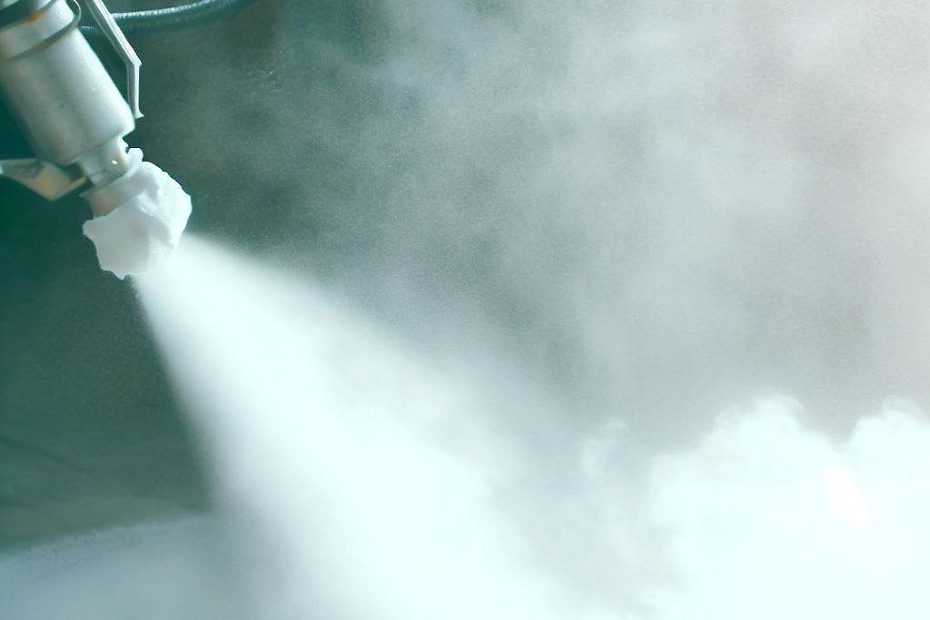
The principle of electrostatic powder spraying technology is to create a high-voltage corona discharge field between the spray gun and the workpiece.
When the powder particles are sprayed out of the gun and pass through the discharge zone, they accumulate a large number of electrons and become negatively charged particles. Under the action of electrostatic attraction, the powder is attracted and adheres to the positively charged workpiece.
When the powder has adhered to a certain thickness, there will be a ‘like charges repel’ effect, which prevents further powder adhesion. This ensures that the powder layer thickness is uniform across all parts, and then the powder layer is heated and baked to solidify and flatten into a uniform film layer
Electrostatic powder coating has several advantages:
Creative Metal Pegboards Inspiration
We are committed to sharing creative and interesting metal pegboards with the world, closely researching attractive pegboards, and rejecting all imitations.
DODO+always adheres to original design to win customers their pioneering position while strengthening their brand. Knowing the current trends in pegboards will give you some inspiration:5 Best Metal Pegboards (2023 Guide), 8 Pegboard Ideas For A Tidy Home
Desktop Metal Pegboards
The desktop metal pegboard is a stylish and durable solution to keep your desk and workspace organized. It is the perfect complement to bedroom or office, providing customizable storage solutions for stationery and other essentials.
Wall Mounted Metal Pegboards
Metal pegboards are an perfect storage solution for bedrooms and kitchens, as they are made of metal and have excellent load-bearing capacity and wear resistance.
Compared to plastic and wooden pegboards, metal pegboards have a longer service life. In addition, the metal pegboard can withstand high temperatures of 200-230 degrees Celsius and has fire resistance characteristics. Its smooth surface and moisture resistance make it easy to clean.
Other Creative Metal Pegboards
Metal Tissue Box
The metal tissue box with a pegboard area is a versatile addition to your space. Shaped like a small house, this tissue box features a pegboard on its right side, allowing you to attach small shelves or hooks. By incorporating a metal pegboard into your home, you can effortlessly transform any space into a neatly organized and aesthetically pleasing environment.
Drawer Shape Metal Pegboard
With its sleek design and practical functionality, this coffee storage metal pegboard is a perfect addition to any coffee lover’s arsenal. You can easily categorize and sort your capsule coffee and coffee utensils, making them more accessible for you to grab and go.
Installation And Use Of Metal Pegboards
I think you have a certain understanding of how to make metal pegboards by now. Returning to the product itself, perhaps you still have confusion about how to install and maintain metal pegboards.
We will take the wall mounted metal pegboards as an example to briefly introduce several common installation methods and maintenance precautions for your reference.
Installation Of Metal Pegboards
Expansion Bolt
The fixation of expansion bolt utilizes wedge slopes to promote expansion to generate friction and binding force, so as to achieve the fixation effect. One end of the screw is threaded and the other end has a taper. The shell equipped is usually a layer of iron cylinder or plastic cylinder.

The expansion bolt is suitable for cement wall, tile wall, wood wall, etc. If you want to store heavier things, expansion bolt is the preferred installation method, because it can withstand a weight of 20kg.
It should be noted that although the expansion bolt has excellent load-bearing capacity, its fixation is not completely reliable. If there is significant vibration in the load or if the wall material is relatively soft, it may become loose.
As for the tools, different expansion bolts with different diameters need different electric drills. For example, the expansion bolt in the picture requires an electrodrill with 6mm drill.
U-shaped nails
Another installation method is U-shaped nails, commonly referred to as’ seamless nail‘.

The ‘seamless nail’ is composed of three to six small steel needles, which are installed in the same way as ordinary nails. Although it is called ‘seamless’, U-shaped nails still leave traces on the wall, but their traces are relatively smaller than ordinary nails.
U-shaped nails are only suitable for cement and wood walls, and cannot be used on ceramic tile walls and glass. Normally, the load-bearing capacity of U-shaped nails is only 5-6kg.
If you don’t have an electric drill at home and just want to store some small items, you can choose U-shaped nails.
Viscose Hook
The last way is viscose hook. It is very suitable for people who do not want to damage the tile walls.

The viscose hook does not need to be used with an electric drill or hammer. You just need to stick the hook tightly to the tile and wait for 24 hours before hanging the metal pegboard.
The load-bearing capacity of the viscose hook is approximately within 10kg. Its stability depends on the dryness and cleanliness of the wall, as well as whether there is sufficient waiting time during installation. If not installed properly, the viscose hook may only last for 3-6 months. Once the viscose hook falls off, it cannot be reused.
How To Maintain Metal Pegboards
To ensure the service life and function of metal pegboards, it is crucial to maintain them correctly.
Regular cleaning of metal pegboards is crucial to prevent the accumulation of dust and debris. We recommend using a damp soft cloth or tissue to wipe the surface. Please use special detergents with caution to remove stains, in order to prevent the chemicals from corroding the color coating on the metal surface.
Please also avoid using steel wire to wipe the metal pegboard, as they can scratch the coating and expose the internal metal to the air, leading to rusting of the metal pegboard.
Some metal pegboards on the market lack protective coatings and are not treated with waterproofing and corrosion resistance, so they may rust. For this type of metal pegboards, please place it in a dry environment as far as possible.
Over time, the installation screws of metal pegoards may become loose or damaged, thereby damaging the integrity of the metal pegboard. If you choose expansion bolt as the installation method, it is important to check the wall condition regularly
For U-shaped nails, please ensure that the weight of the items you store on the metal pegboard does not exceed the load-bearing range of the U-shaped nails.
Frequently Asked Questions
Request A Quote for Your Metal Pegboard Projects!

DODO+ Metal Pegboard
Explore the field of home metal pegboards with DODO+.
Share The Post Now:
